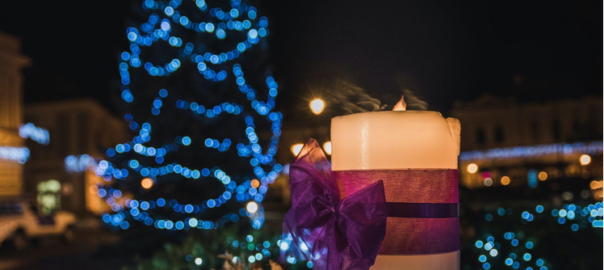From Religious Icons to Festive Decorations
Christmas is a time of joy, celebration, and gratitude for many worldwide. It marks the birth of Jesus Christ, the Son of God, who is revered as a messenger of peace, love, and redemption. However, the cultural expressions of this religious event vary widely, depending on the local customs, beliefs, and identities of the communities that observe it. In the Middle East and Mediterranean regions, where Christianity, Islam, and Judaism coexist and intermingle, Christmas has a rich tapestry of meanings and symbols that reflect these lands’ complex history and heritage.
One of the most fascinating aspects of Christmas in the Middle East and Mediterranean is the transformation of religious icons into festive decorations. Many of the ornaments and motifs we associate with Christmas today have their roots in pre-Christian or non-Christian traditions that were assimilated or reinterpreted by Christian communities over time. For example, the image of the star of Bethlehem, which guided the Magi to the birthplace of Jesus, has been used as a decorative motif in many cultures, from Persia to Egypt to Greece, long before Christianity emerged. Similarly, the use of evergreen trees, wreaths, and garlands as symbols of eternal life and rebirth dates back to pagan rituals practiced in Europe and the Middle East before the birth of Christ.
Culinary Delights and Natural Wonders
Another fascinating aspect of Christmas in the Middle East and Mediterranean is the culinary and natural splendor that accompanies it. For instance, the cold springs of the Lebanese mountains are renowned for producing exquisite Christmas ornaments made of blown glass, crystal, or silver, which capture the shimmering beauty of the winter landscape. These ornaments often depict local landmarks, such as churches, monasteries, or castles, and are highly valued for their craftsmanship, elegance, and authenticity.
Moreover, Christmas in the Middle East and Mediterranean is a feast for the senses, as it offers a rich and diverse array of food, drink, and sweets that reflect the regional cuisine and hospitality. Traditional dishes such as roast lamb, stuffed vine leaves, falafel, hummus, and baklava are served with pride and joy, accompanied by music, dance, and storytelling. Many families and communities also exchange gifts, sing carols, and attend various religious or cultural events, such as nativity plays, prayer services, or markets.
Conclusion:
Christmas ornaments may seem like trinkets or decorations, but they embody a powerful fusion of history, culture, and spirituality that transcends borders and unites people of different faiths, backgrounds, and traditions. By exploring the significance and diversity of these ornaments, we can gain a deeper appreciation of the rich tapestry of wisdom, beauty, and creativity that humanity has produced and shared over time. Whether we believe in God or not, we can all cherish the message of hope, love, and peace that Christmas brings to our hearts and homes.
